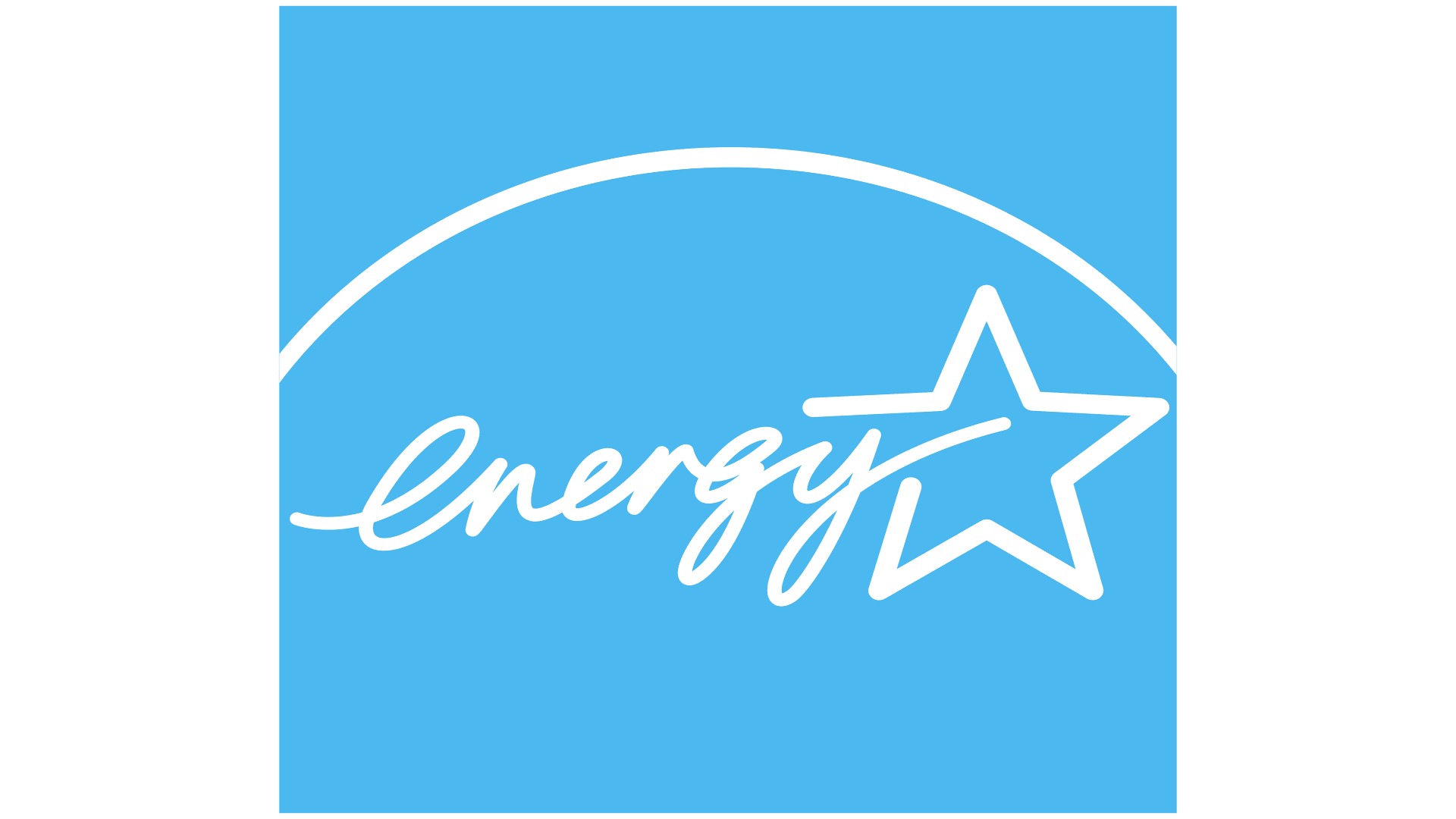If you have appliances, home electronics or a heating and cooling system, you may have noticed an Energy Star label on one – or potentially all, of them. This widespread logo is part of the products we use on a daily basis and usually serves as a source of pride in knowing we’ve chosen a product that promotes energy efficiency. Did you know though that there are actually numerous requirements and specifications that a product must meet before it can don the Energy Star label? We’ll dig beneath the surface to learn how and why Energy Star was created and what requirements brands need to meet to apply the label to their products. We’ll also go through the EnergyGuide, a different label that can help you make smart and informed energy saving decisions.
Background
Energy Star is actually more than just a logo; it’s a joint program between the Environmental Protection Agency (EPA) and the Department of Energy (DOE). The program was established in 1992 and was created to help consumers, businesses and industries save money while protecting the environment with energy efficient products and practices. International partners in Canada, Japan, Switzerland and Taiwan also use the Energy Star logo and its requirements to advance the efficiency of their products, homes, commercial buildings, and industrial plants.
Since its creation, Energy Star and its partners have avoided roughly $450 billion in energy costs and reduced 4 billion metrics tons of greenhouse gas emissions. To put that into context, 4 billion tons of emissions would be equivalent to more than 480 million homes energy usage for an entire year!
Energy Star vs EnergyGuide Label
We’re used to seeing the Energy Star logo. However it’s not to be confused with the yellow EnergyGuide tag that you normally find on appliances when you first purchase them. This label provides potential purchasers an estimate of annual energy consumption and a sense of where the product ranks compared to others in terms of annual energy cost.
The Energy Star logo simplifies the EnergyGuide’s messaging by saving consumers the effort of processing all the information on the sticker and letting them know the products they’re purchasing as a whole are highly efficient.
Not All Appliances Have the Energy Star Logo
You might notice that some devices have the Energy Star logo while others do not. There is criterion established and used by the EPA to ensure that each product that earns the Energy Star logo is independently certified to deliver the efficiency performance and savings that consumers have come to expect. There is a list of Energy Star product specifications that manufacturers should meet for their product to be labeled. For example, one of the requirements is that the product must promote significant energy saving nationwide.
Tips to Help You Understand the EnergyGuide Tag Better:
Are you finding it difficult to understand what is written on the guide? Here are a few pointers:
- Positioning of the labels
Despite the requirement that the Energy Star label should be precisely on the product for us to see, at times consumers still struggle to find the tag. The standard position is the exterior, but some manufacturers may place it on the inside. Inspect both the interior and exterior of the product for the label when you are purchasing a product. Alternatively, you can seek help from the salesperson in locating the label placement. - Variety of labels
Our brain is trained to spot that yellow EnergyGuide tag but if you don’t automatically see it, keep an eye out! Appliances with updated energy efficiency tests have EnergyGuide labels with bright yellow numbers. Other appliances have original labels with black numbers. Be sure to check the labels before you compare the features of different models. Labels are also appliance-specific. For example, furnace labels don’t show energy costs; dishwasher labels show two costs — one for people who use electric waters heaters, and another for people who use natural gas water heaters. - Cost indication and estimation
The estimated yearly operating cost and estimated annual electricity use represent what you might pay to run the appliance over the course of a year. It is important to note that the price is estimated and may not be entirely accurate since it is based on the average price of energy and average usage. - Comparison of similar models
The cost range shows the energy use and operating costs for different models with similar features. These features can assist in making purchase decisions. Compare the cost and usage estimates of two competing products to determine which one will be cheaper to operate depending on your targeted usage. Taking a little time to compare brands’ cost of operation and energy usage can make a difference in increased savings while reducing your energy bills and emissions.
The Energy Star label is a useful tool in the decision-making process of purchasing major appliances. By showing the estimated operating costs of an appliance, as opposed to just the purchase price, you’re able to make a well informed decision that will not only help you save on energy bills, but can also help you reduce energy waste throughout their homes.

